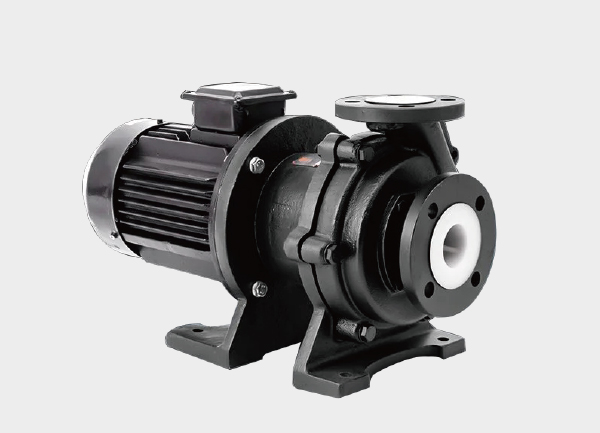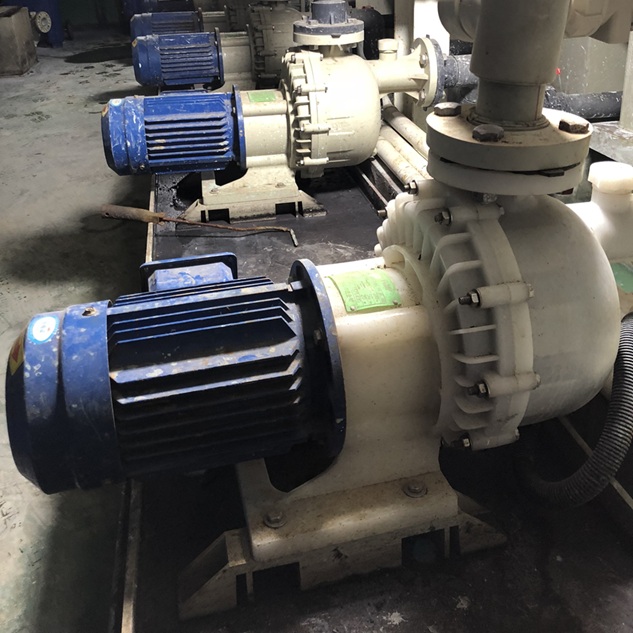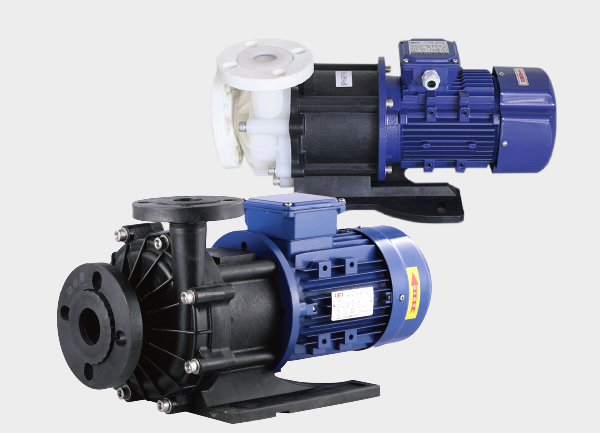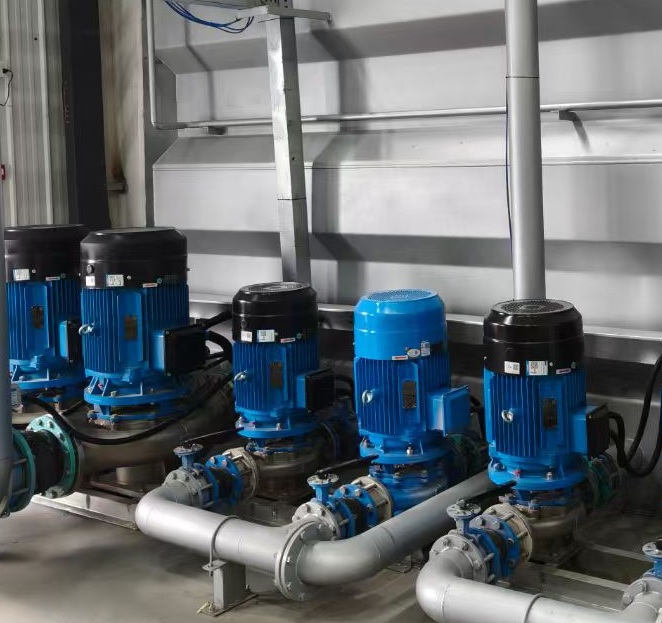In industrial production and fluid transfer systems, centrifugal pumps have become indispensable due to their efficiency, reliability, and versatility. These pumps come in a wide range of types based on their structure, materials, functionality, and application scenarios. Choosing the right model is crucial to ensure system stability, energy efficiency, and long service life.
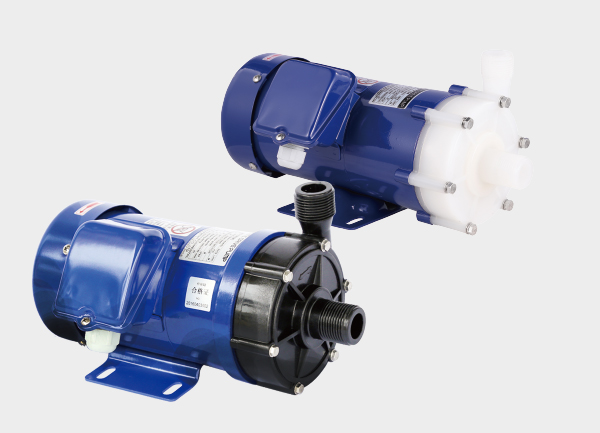
I. Classification by Structural Design
1. Vertical Centrifugal Pump
The vertical centrifugal pump features a compact, space-saving vertical installation. Its shaft is positioned upright, and the impeller is submerged in the medium—eliminating the need for priming before startup. With low vibration and noise levels, it is widely used in municipal water supply systems, high-rise building booster stations, and cooling water circulation. However, it requires precise installation and can be more challenging to maintain due to its vertical configuration.
2. Horizontal Centrifugal Pump
The horizontal centrifugal pump has a horizontally aligned shaft, making it easier to install, inspect, and maintain without removing connected piping. It offers excellent operational stability and is ideal for large-flow and continuous-duty applications such as power plant condensate transfer and industrial cooling water circulation. The main drawback is its larger footprint, which requires more space for installation and maintenance access.
3. Inline Centrifugal Pump
The inline (pipeline) centrifugal pump aligns its inlet and outlet with the pipe diameter, allowing it to be directly integrated into pipeline systems without additional support structures. It is compact, energy-efficient, and minimizes flow resistance, making it a preferred choice for HVAC water circulation, chemical process pipelines, and cooling systems.
II. Classification by Material and Corrosion Resistance
1. Stainless Steel Centrifugal Pump
Made from stainless steel materials such as 304 or 316L, this type offers excellent resistance to rust and mild corrosion. It is ideal for handling clean water, food-grade liquids, and mildly corrosive fluids. In food and pharmaceutical industries, stainless steel centrifugal pumps ensure hygienic operation, preventing contamination and maintaining product purity.
2. Corrosion-Resistant Centrifugal Pump
Designed for aggressive chemical media, this pump uses fluoroplastics, ceramics, or other corrosion-resistant materials for its wetted parts. It can safely handle strong acids, alkalis, and solvents without degradation. Its superior sealing performance prevents leakage, making it the go-to choice for chemical processing, electroplating, and environmental protection industries—such as for transferring sulfuric acid or sodium hydroxide solutions.
III. Classification by Function and Application
1. Self-Priming Centrifugal Pump
The self-priming centrifugal pump can automatically evacuate air and start pumping without manual priming after the first fill. This makes it ideal for irrigation, flood control, wastewater treatment, and oil-contaminated fluid transfer. It is particularly suitable when the liquid source is below the pump level.
2. Industrial Centrifugal Pump
As a general-purpose category, industrial centrifugal pumps come in various designs and materials to meet the diverse needs of industrial operations—such as mining slurry transfer, textile pulp circulation, or cooling systems. They emphasize durability, efficiency, and adaptability, with customizable parameters to fit specific working conditions.
3. Chemical Centrifugal Pump
The chemical centrifugal pump is engineered for high-temperature, high-pressure, and corrosive environments typical of chemical plants. With specialized sealing and cooling systems, it prevents leakage and protects against fluid degradation during operation. Common uses include reactor feeding, acid and solvent transfer, and recovery systems in chemical production lines.
IV. Key Factors for Centrifugal Pump Selection
Identify Fluid Properties:
Choose materials based on corrosiveness, viscosity, temperature, and solid content. For strong acids or bases, opt for corrosion-resistant pumps; for hygienic environments, use stainless steel models.Match Operational Requirements:
Evaluate flow rate, head, and pressure to determine the right specifications. For high flow rates, a horizontal pump is ideal; for space-limited installations, a vertical or inline pump works best.Consider Installation and Maintenance:
If space is tight, prefer vertical or inline designs. If the system requires frequent servicing, horizontal pumps are easier to maintain.Balance Cost and Efficiency:
Beyond initial purchase cost, consider energy consumption, maintenance frequency, and lifecycle cost to select the most cost-effective option for long-term use.
Conclusion
Selecting the right centrifugal pump is not just about matching flow and pressure—it’s about understanding your fluid, environment, and operational priorities. Whether you’re handling corrosive chemicals, clean water, or industrial slurry, an optimized pump selection ensures higher efficiency, lower maintenance costs, and greater process reliability.



